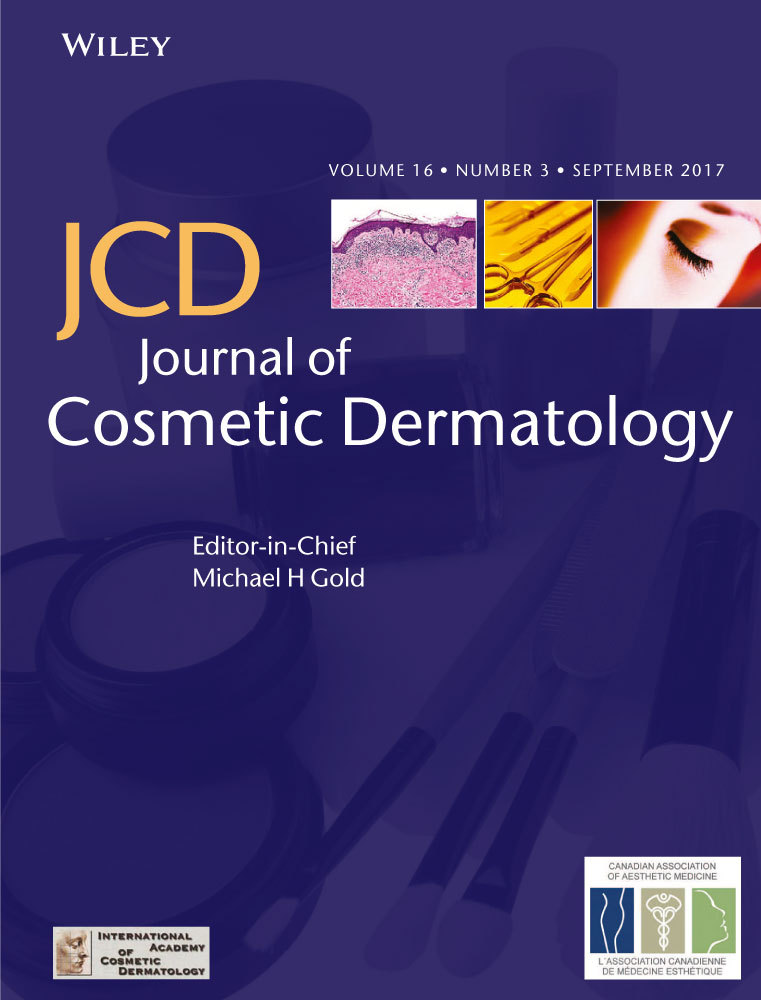Effect of inhibition on tyrosinase and melanogenesis of Agastache rugosa Kuntze by lactic acid bacteria fermentation
Summary
Background
This work presents the first report that A. rugosa could have tyrosinase and melanogenesis inhibition and that its activities also be improved by fermentation with Lactobacillus rhamnosus and Lactobacillus paracasei. It was found that the tyrosinase and melanogenesis inhibition was correlated with antioxidant activity of acacetin, the major biologically active substances in A. rugosa.
Aims
we pursued an improvement in tyrosinase and melanogenesis inhibition of A. rugosa extract by fermentation process.
Methods
A. rugosa was extracted by lactic acid fermentation process; we measured antioxidant activities and tyrosinase and melanogenesis inhibition of A. rugosa extracts.
Result
In particular, reducing power of the extract from fermentation process (FE) was measured as 0.562 (O.D.), whereas reducing power of the extracts from 70% ethanol extraction (EE) was lower than the FE as 0.496 (O.D.). Polyphenols and flavonoids in the FE were higher than the EE: 69.3 mg/g vs. 60.5 mg/g, and 187 mg/g vs. 138 mg/g. The FE was estimated as 51.04% tyrosinase inhibition and 41.88% for the EE. Similarly, melanin inhibition in melanocyte B16F10 was observed as 66.60% vs. 42.23% for the FE and EE. The increase in tyrosinase and melanogenesis inhibition activity was confirmed by high elution of acacetin through fermentation process such as 289.97 mg/100 g vs. 198.04 mg/100 g in the FE and EE.
Conclusion
These results indicate that tyrosinase and melanogenesis inhibition activities of the extracts should be associated with antioxidant activity because acacetin is known to have strong antioxidant activity, which can also positively affect whitening activities.




